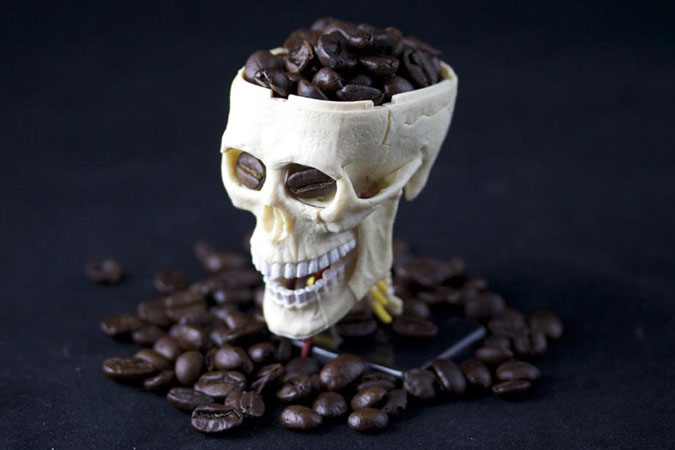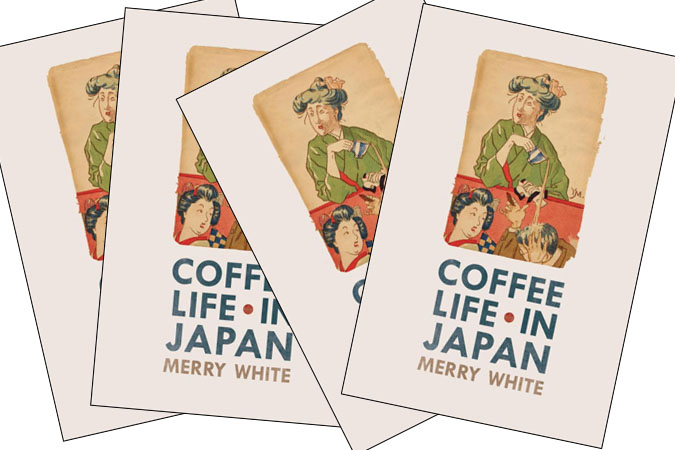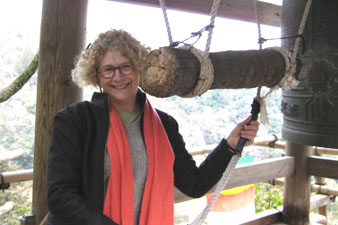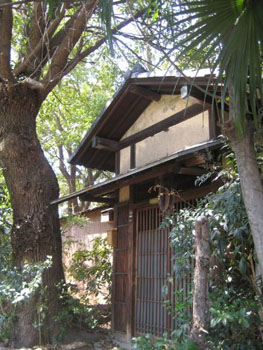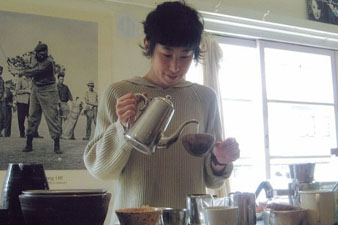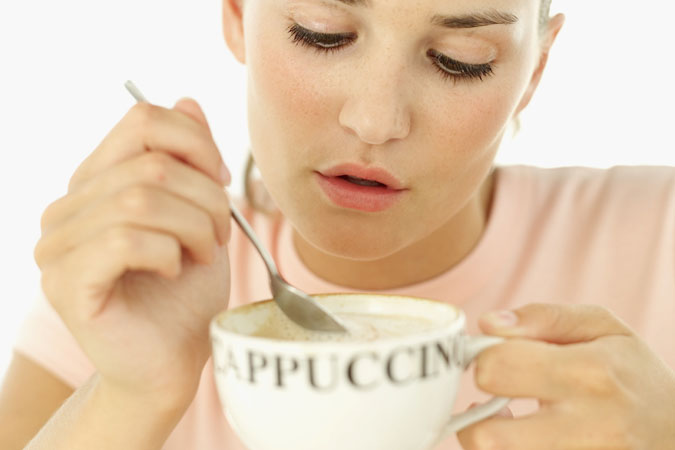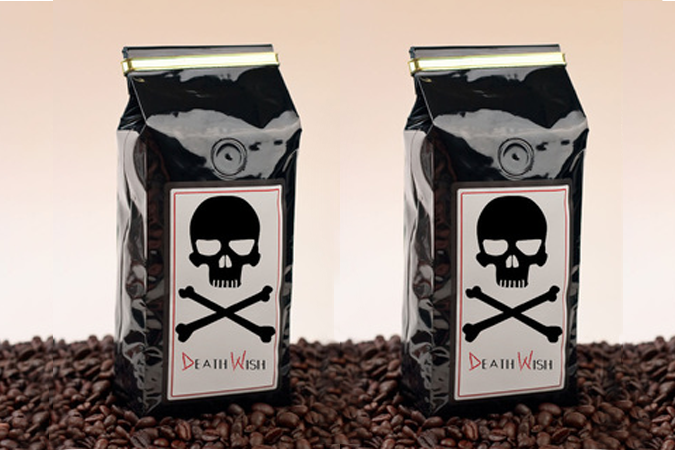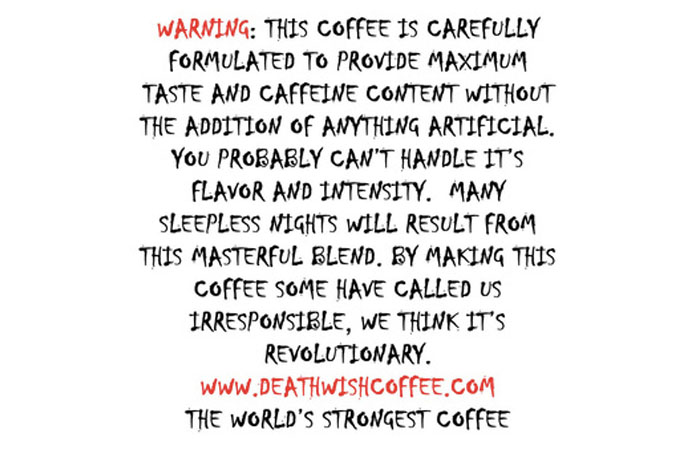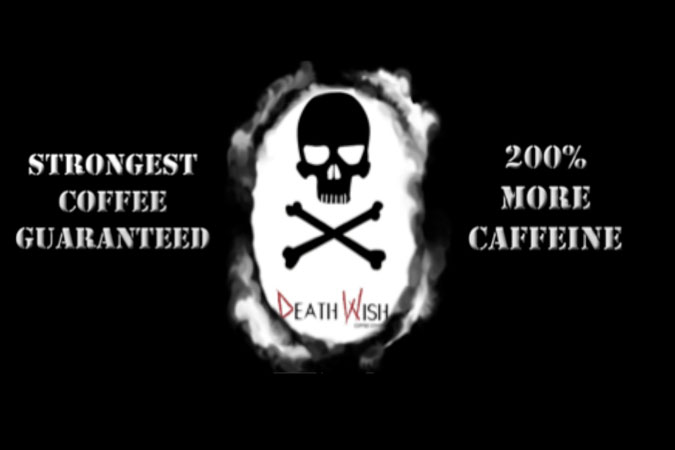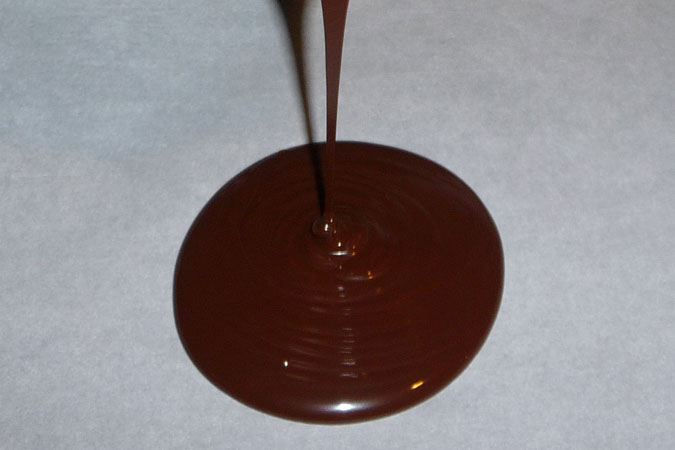Death is inevitable, but a major study shows…
“Coffee drinkers have a lower risk of death.”
I read this twice and still wondered: What exactly does this mean?
“Older adults who drank coffee, both caffeinated or decaffeinated, had a lower risk of death overall than people who did not drink coffee,” says a study sponsored by the National Cancer Institute (NCI, a division of the National Institutes of Health) and AARP.
Coffee drinkers aren’t immortal – and they didn’t necessarily live longer – but they were less likely to die from such common killers as heart disease, respiratory disease, stroke, injuries and accidents, diabetes, and infections. (The association was not seen for cancer, at least in this study, but other research shows coffee reduces the risk of certain cancers.)
Bottom line: coffee is safe to drink – that’s the biggest takeaway from this study. And coffee may even benefit your health. You’ll still die, but maybe not as soon.
A Relief for Billions Worldwide
Americans alone consume 400 million cups of coffee per day, so coffee’s health effects are a big deal.
For decades, coffee’s safety has been questioned. Early studies didn’t weed out smokers, who tend to live life on the edge by eating more red meat and few fruits and vegetables, drinking alcohol, and avoiding exercise. Smokers also tend to drink a lot of coffee. (Previous coffee research is also complicated by conflicting results, which may be due to poor methodology, small samples, conflating caffeine and coffee, or for other reasons.)
But unlike early research, the NCI/AARP study is the largest and longest running of its kind. It analyzed coffee-drinking habits of 400,000 men and women aged 50 to 71 – and it controlled for people with poor health habits, known chronic diseases (like cancer), and other data-skewing factors.
The study analyzed the habits of 229,119 men and 173,141 women over 14 years. Respondents completed questionnaires about their diet and health information in 1995 and 1996, and were tracked through 2008; by the end of the study, 52,000 had died.
The Bottom Line
Generally speaking, here’s what the data showed:
• The more coffee consumed, the less likely a person was to die from various common health problems, including diabetes, heart disease, respiratory disease, stroke, infections, and even injuries and accidents.
• The risk of dying during the 14-year period was 10 percent lower for men and 15 percent lower for women who drank from two to six or more cups of coffee per day, regardless of whether the coffee was caffeinated or decaffeinated coffee.
• Regular, long-term coffee consumption is associated, then, with a lower risk for certain life-threatening diseases. This study doesn’t support cause and effect: it doesn’t show that drinking coffee itself creates better health or longer life. We can’t be sure why the coffee-drinkers had less disease, only that a significant percentage of them did – and that 5-cup a day drinkers had less incidence of disease than the 2-cup a day group.
Coffee has more than a thousand compounds, including caffeine, which has been well-researched but still confounds scientists. The next step, says Dr. Neal Freedman, the study’s lead author, is to explore these compounds to determine their health impact, both singly and in combination.
***
The results of the study were published in the May 17, 2012, edition of the New England Journal of Medicine. You can read the actual study here:
Association of Coffee Drinking with Total and Cause-Specific Mortality

